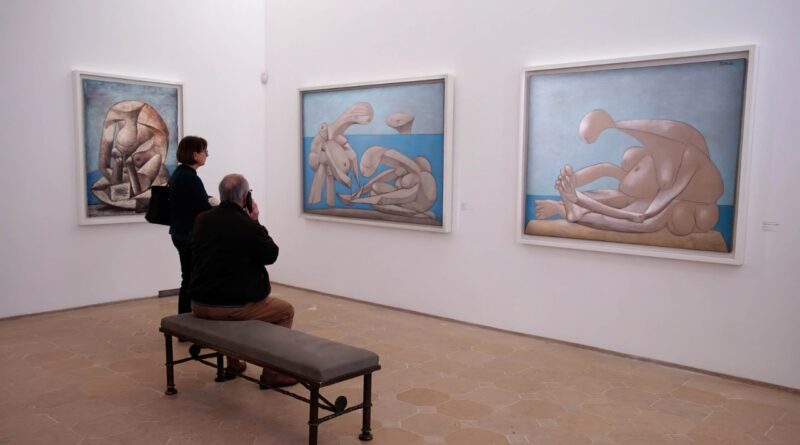Pablo Picasso: The Eternal Shape-Shifter of Art
In the panorama of art history, few names shine as brightly and enduringly as Pablo Picasso. An artist whose name has become synonymous with creative genius, Picasso once remarked, “Art washes away from the soul the dust of everyday life.” This sentiment echoes through his vast body of work, a testament to a life devoted to redefining the boundaries of art. Picasso’s journey through the tumultuous waves of creativity led to the birth of masterpieces that continue to intrigue and inspire.
A Prodigy in the Making
Born on October 25, 1881, in Málaga, Spain, Picasso was not just a child of the Mediterranean but also of art itself. His father, José Ruiz Blasco, an artist and art teacher, recognized young Pablo’s extraordinary talent early on. By the age of seven, Picasso was already receiving formal artistic training, quickly surpassing the skills of his father. This early exposure to art laid the foundation for what was to become a revolutionary career.
A Canvas of Phases
Picasso’s artistic journey is often dissected into distinct periods, each marked by unique themes, styles, and moods. His Blue Period (1901-1904), characterized by somber, monochromatic paintings, reflected his own emotional turmoil following the suicide of his friend Carlos Casagemas. The subsequent Rose Period (1904-1906) introduced a warmer palette and subjects like circus performers, marking a lighter phase in his life.
However, it was the African-influenced Period (1907-1909) that led to the creation of “Les Demoiselles d’Avignon,” a work that shattered conventional form and perspective, laying the groundwork for Cubism. Together with Georges Braque, Picasso deconstructed the world into geometric shapes, challenging viewers’ perceptions of reality.
As Europe plunged into war and turmoil, Picasso’s work veered towards Classicism and later, Surrealism, reflecting the changing landscapes of his personal life and the world at large. Yet, no matter the phase, his work remained infused with a sense of rebellion and innovation.

Masterpieces That Spoke Volumes
Among Picasso’s vast oeuvre, “Guernica” stands out as a powerful political statement against the brutality of the Spanish Civil War. This monumental canvas, teeming with agony and chaos, remains one of the most moving anti-war artworks in history.
The Man Behind the Canvas
Picasso’s personal life was as complex and colorful as his art. His numerous relationships with women, who often served as muses for his work, were marked by passion and tumult. Yet, these relationships deeply influenced his artistic output, serving as a lens through which he viewed the world.
An Unfading Legacy
Picasso’s impact on art is immeasurable. He not only pioneered Cubism but also played a significant role in developing collage and contributing to Surrealism and Symbolism. His relentless experimentation and prolific output have left an indelible mark on the art world, inspiring countless artists across generations.
As we stand in the vast galleries of modern art, amidst the echoes of Picasso’s influence, it’s clear that his legacy is not just in the paintings he left behind but in the endless possibilities he unveiled. Picasso taught us that art is not about adhering to rules but about breaking them to reveal the myriad truths of the human experience.



